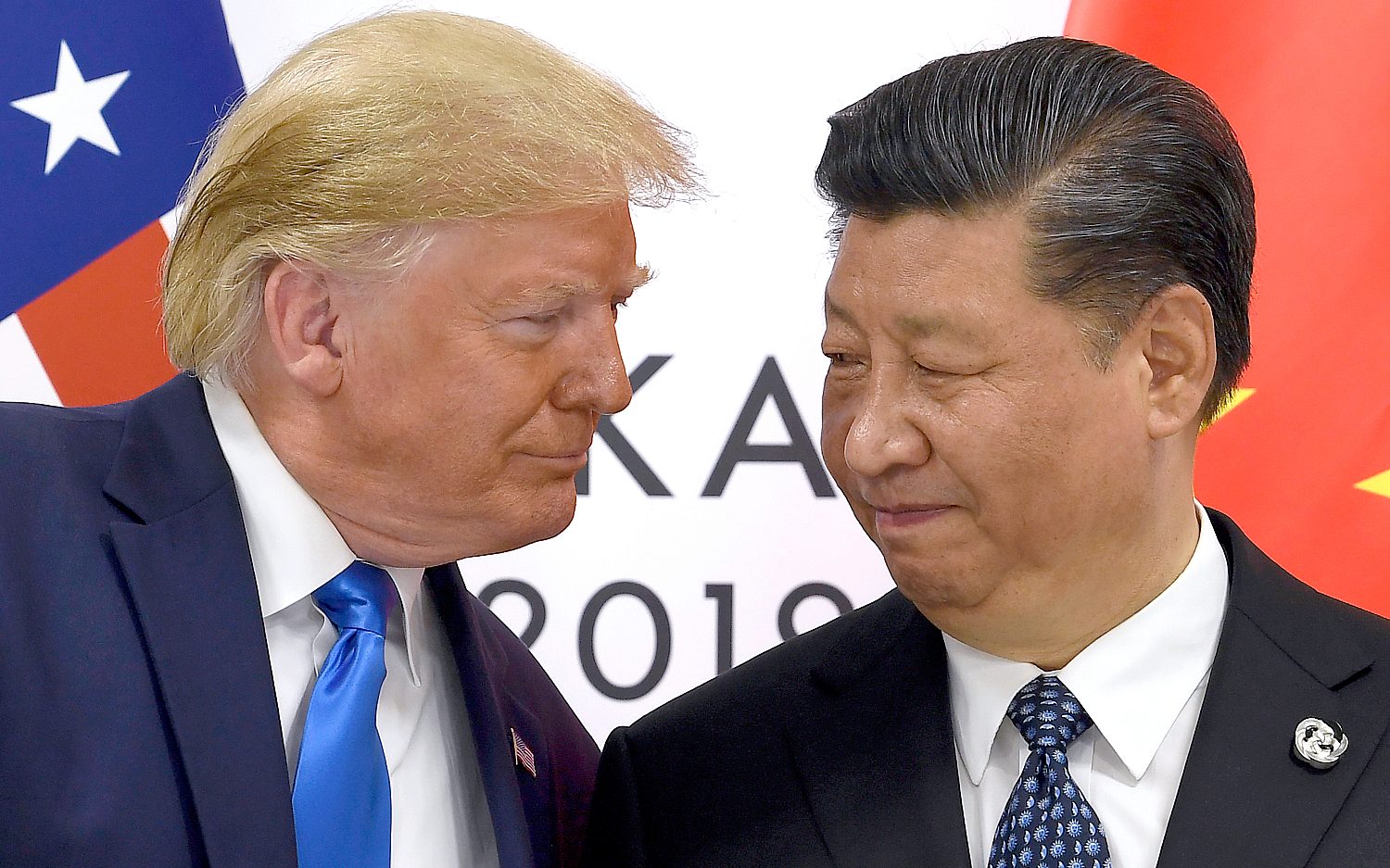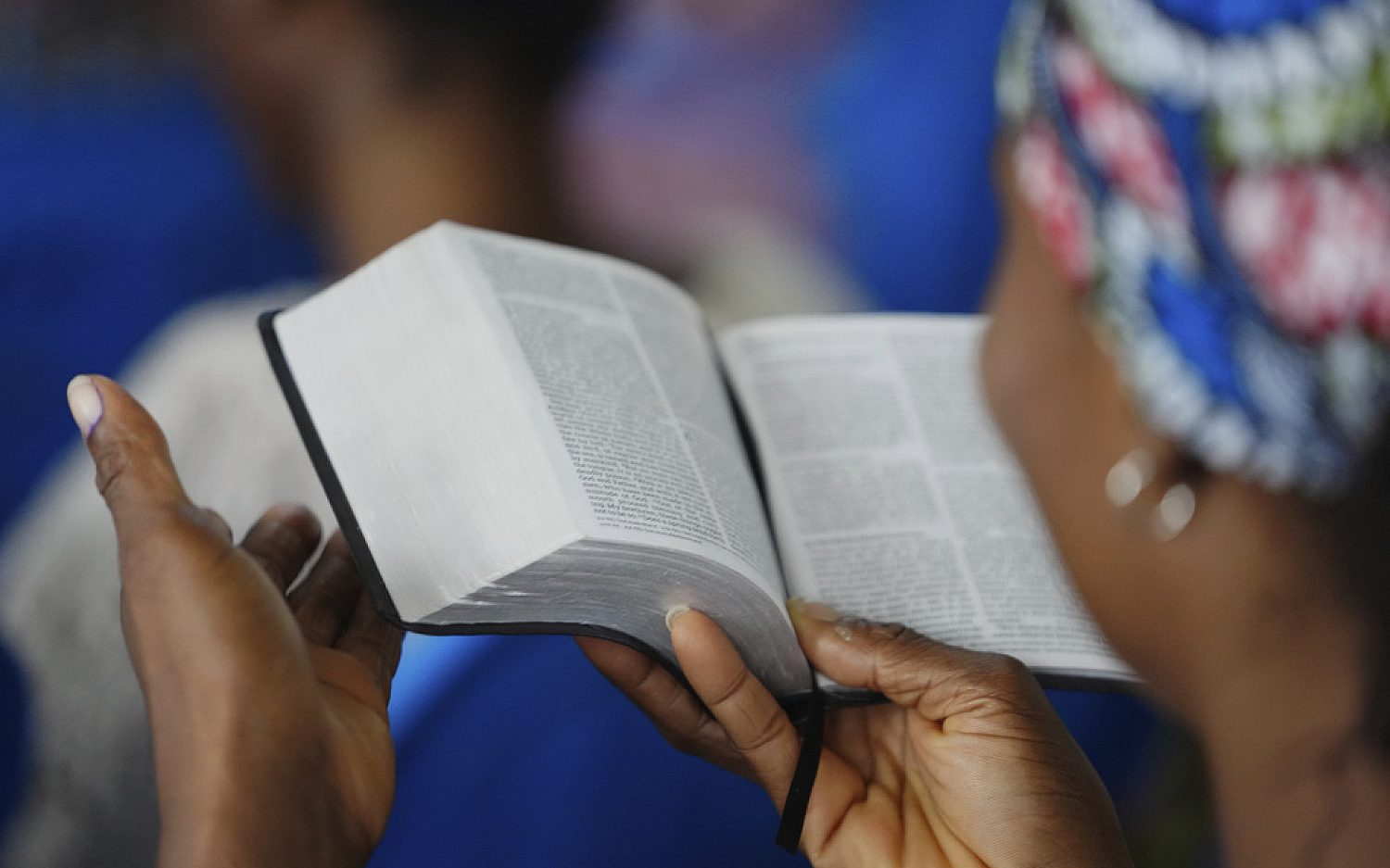Turning a virtual page
Libraries embrace e-book lending as e-reader devices gain popularity
Several weeks ago, sitting at his home computer, high school student Nathan Shinabarger logged into his account at the Evansville Vanderburgh Public Library and rented two Kindle e-books—Chris Hardwick’s The Nerdist Way and Keith Ferazzi’s Who’s Got Your Back. Shinabarger said he regularly borrows virtually because it’s more convenient than going to the library in person.
Toni Tolbert from Austin, Texas, started downloading library books to her Nook a year ago. Although she still loves the “look and feel of a real book,” Tolbert enjoys renting e-books every month, searching her library’s wide selection of digital titles for everything from Christian literature to action novels.
In recent years, the rising popularity of e-books has transformed Americans’ reading habits, creating new expectations for information distribution. Many patrons are eager to see libraries expand their electronic resources, even as they want continued access to print books. The digital library trend has already gained momentum among academic libraries, and now one Texas county plans to open the only “bookless” public library in the nation.
“A technological evolution is taking place,” Bexar County Judge Nelson Wolff, a leading proponent for his county’s library project, told National Public Radio (NPR). “And I think we’re stepping in at the right time.”
The planned paperless library, BiblioTech, will be located on the south side of San Antonio. Instead of the traditional offerings of dusty classics and dog-eared reference books, its shelves will hold rows of LCD screens and gadgets. The 4,989-square-foot facility will be one of the first of its kind, featuring 50 computer stations, 25 laptops, 25 on-site tablets, and dozens of e-readers available for check-out.
According to spokeswoman Laura Cole, the county hopes to open the library in late July. The $1.5 million project will be cost-effective and help improve technological access to lower-income areas of the predominantly Hispanic community. “Accessibility is a big reason for the creation of BiblioTech. We are bringing the library to the people,” she said.
Many traditional libraries already offer digital content. At the Austin Public Library, each new release selected is purchased in all available formats, including e-book and audio book formats.
“While some may fear that digital libraries will usurp traditional libraries, we anticipate a continued demand for traditional library resources even as the demand for electronic resources continues to increase,” said Kanya Lyons, public information specialist at the Austin library.
The paperless trend first began with academic libraries. Kansas State University’s (KSU) engineering school went bookless 12 years ago. According to Alice Trussell, director of Fiedler Engineering Library at KSU, efficiency is the digital library system’s biggest benefit. Instead of spending time finding and retrieving materials, patrons can focus fully on content. “The proportion of time actually available to focus on the intellectual aspects of knowledge discovery and creation is now heavily weighted towards productivity,” she said.
While few American libraries are cutting back on print collections, many are laying the groundwork for a different future. The proportion of U.S. libraries that made e-books available almost doubled during the past five years, according to the American Library Association, and American libraries are spending more of their money on electronic resources and less on physical books.
Chris Davis, who works at the circulation desk at the Art Circle Public Library in Crossville, Tenn., said his library has seen “a growing number” of books checked out to e-readers in recent months. Between July and February, e-book loans increased 40 percent, while the total number of print books rented decreased by about 36 percent.
Still, the digital library concept has challenges. David Burleigh, director of marketing for OverDrive Inc., a leading digital distributor for libraries, said compatibility and digital rights management issues, as well as the limited availability of popular titles, can hinder e-book circulation. Some publishers simply can’t offer certain books in electronic format, due to the copyright and distribution restrictions determined by authors.
In 2002, officials at the Santa Rosa Branch Library in Tucson, Ariz., attempted a digital-only facility. They abandoned the endeavor years later when residents requested actual books be added to the collection. Referencing the failed attempt, Sarah Houghton, director of the San Rafael Public Library in California, told NPR that Bexar County’s plan to redefine public libraries was “premature.” Some people simply prefer physical media, she said, while training library staff in new technology and acquiring electronics is too costly for many libraries.
And despite the convenience of borrowing e-books, library patrons who stay home miss out on the social aspect of browsing the aisles. Best-selling author Michael Connelly describes the library as a societal tent pole.
“There are a lot of ideas under it,” he told Time magazine. “Knock out the pole and the tent comes down.” Browsing the aisles of his campus library led Connelly straight to a writing career. “Can something like that happen in a bookless library? I’m not so sure,” he said.
An actual newsletter worth subscribing to instead of just a collection of links. —Adam
Sign up to receive The Sift email newsletter each weekday morning for the latest headlines from WORLD’s breaking news team.




Please wait while we load the latest comments...
Comments
Please register, subscribe, or log in to comment on this article.